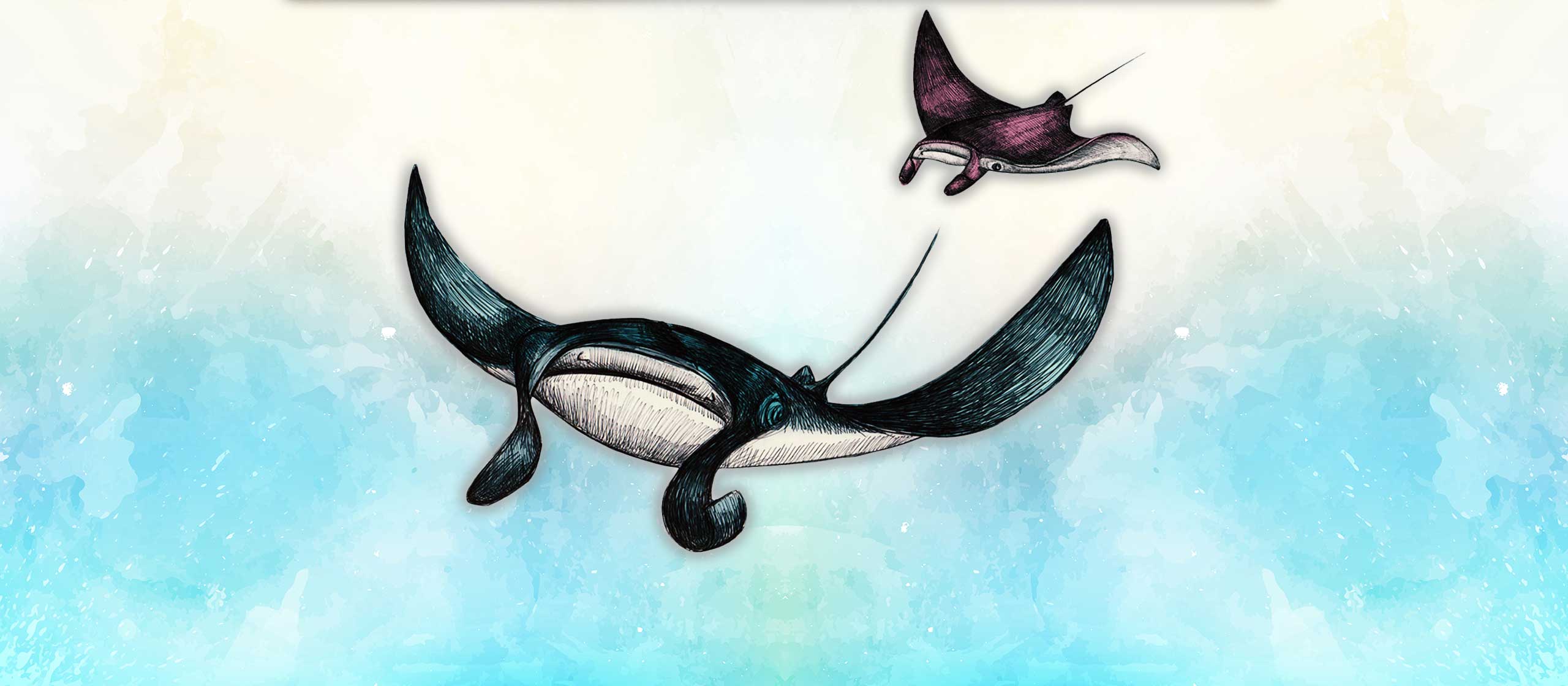Features
3 ways to respect life underwater
In the article What do we see underwater we got to know the strange – and fascinating- creatures of the depths.
In the same way that when we are on the road we need to know the meaning of road signs and follow some rules, when we are underwater we also have some rules to follow, so as not to get hurt or damage the environment.
First rule: if you dive underwater you have the great privilege of being one of few humans to be able to see up-close these wonderland beings. But… great privilege entails great responsibility (the quote didn’t read exactly like this, I changed it a little): the responsibility of protecting and preserving the underwater world for us and those who will choose to visit it in the future. Keep this in mind when you’ll be underwater: what you see around you has often been built with patience, during dozens of years, by tiny creatures. Avoid touching, breaking, or damaging anything.
Rule number 2: marine life must not be touched. Not even delicately. The majority of sea creatures have very thin and fragile skin, covered by a layer of mucus that protects it from infections and dehydration (being immersed in sea water causes a loss of liquids, you know full well that you need to drink plenty of water when you dive, just imagine spending your whole life down there!) So, if I pet a fish, thinking I’m giving it pleasure, with my big, rough hands I am actually stripping away the mucus covering its body, and I will expose it to the risk of catching a skin disease. And this is not what I wanted, right? Another example: a starfish’s skin is tough and well protected, but its mouth opens underneath its body, and its stomach is on the top. If I grab a starfish and take it out of the water (for a very short while, caution, it cannot survive very long) the water in its belly will come out. When I put it back in the water, I will have to be careful to place it upside down: only in this way the air bubble that has formed in its stomach will be able to exit its mouth (burp), otherwise it will stay put and provoke very strong pains.
Without considering, and this is the third rule, that if it’s true that we cannot seriously hurt most sea creatures, some of them can hurt us. Animals such as jellyfish or sea anemones have stinging cells that can, if we touch them, sting us and provoke pain and itching similar to what we feel when we come into contact with nettle. Jellyfish in its tentacles has small cells called nematocysts, which have a needle filled with poison. When we touch this needle we receive a micro-injection of poison… not strong enough to kill us, but enough to hurt us and make us move away from the jellyfish, which has achieved its goal: defense.

NoteNo sea creature is aggressive; all they’re asking is to be left alone. If we touch them, we’re being aggressive towards them, and therefore some will defend themselves. Some sponges, if touched, have spicules (like the small needles present in glass wool) that can penetrate our fingers, causing pain and itching.
Sea urchins have fragile spikes that break easily and can penetrate our fingers, and are difficuIt to remove. Better to check where they are and avoid touching them: they move very slowly, and will never attack us! In the tropics there are tiny and very cute animals, like cone snails (a seashell) or blue-ringed octopuses. Well, these creatures only a few centimeters in size, contain enough poison to kill a grown man. They will never attack you, they are peaceful creatures, but do not touch them or they could think they’re being attacked and react. Never touch anything colorful, often in the water bright colors are a warning sign.
Many fish have venomous spikes, for example scorpionfishes, or weevers, or stingrays. Since they usually lay motionless on the sea bottom, we could touch them accidentally, or step on them if we are walking on the bottom. Their sting can be very painful; when we are underwater, it is better not to touch the bottom without checking first, or hit a rock with a sudden movement.
Finally, there are fish that have strong teeth and big mouths, and that could bite. Moray eels, sharks, barracudas, certain triggerfish could hurt us badly if they attacked us, but they usually never do. If they bite, it’s only to defend themselves: we need to respect their territory, as we would with any large animal we could encounter on land (for example a dog), and they will do the same. Observe and avoid touching, and nothing bad will happen.
Moral of the story: always respect big fish, but a shark will never attack you. It is the smaller fish that could attack when you least expect it. And now open your eyes behind the glass of your mask and enjoy the show. |
About the author
Massimo Boyer is a marine biologist, underwater photographer and writer, dive travels promoter as well as diving instructor and guide. A great expert of Indonesian seas, he is DAN Member since 2008.
This text is part of the publication How deep is the sea (Com’è profondo il mare), included in the Collana del FARO series, published by Istituto per l’Ambiente e l’Educazione Scholè Futuro Onlus, in collaboration with il Pianeta Azzurro and DAN Europe, for Scuola d’aMare project. This series includes straight-forward texts, of easy reference and use on important environmental and social subject matters.
Texts: Stefano Moretto, Mario Salomone, Massimo Boyer, Claudio Di Manao, Cristian Pellegrini.
Graphic design, illustrations and layout: Francesca Scoccia.

